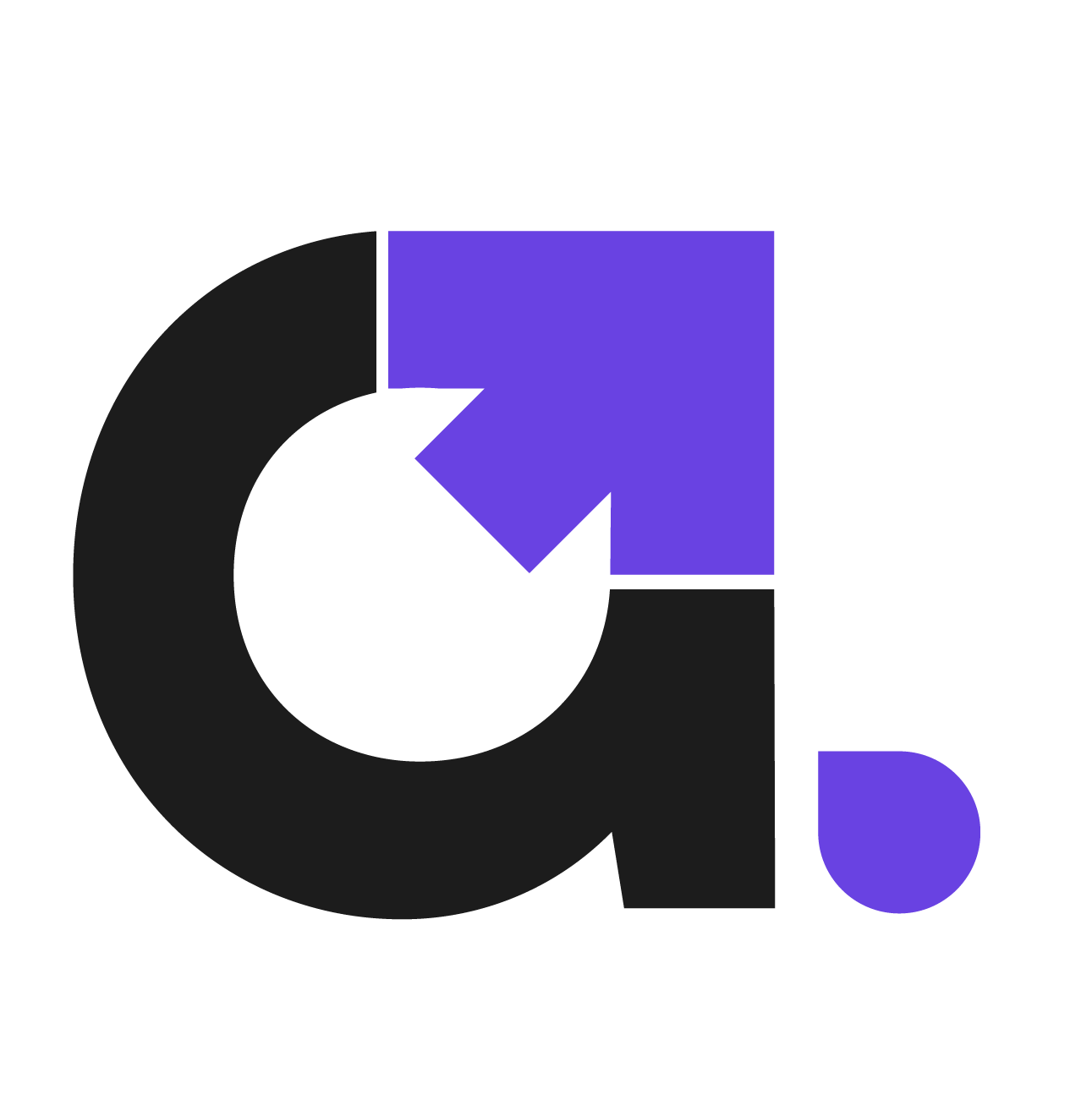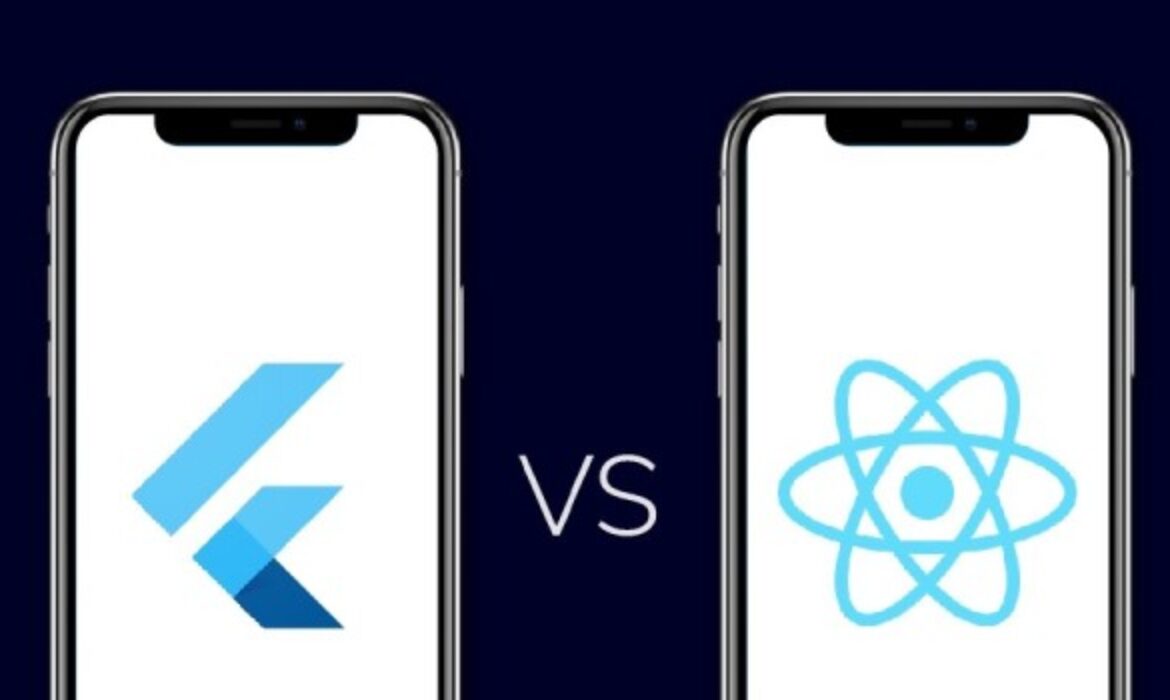Mobile app development is continuously evolving with new and improved mobile app development frameworks coming to developers’ rescue. React Native is one of those frameworks that has built a good reputation in the community.
In 2013, Jordan Walke, a Facebook developer, figured out a way to generate UI elements for iOS apps using JavaScript. This led to Facebook organizing an internal hackathon project for refining the prototype to develop a mobile app development framework using JavaScript. The framework called React Native was then first released in 2015 with availability on GitHub.
What Is React Native?
React Native is an open-source cross-platform mobile app development framework that uses JavaScript in addition to JSX, ES6 and React JS. It gives developers the ability to create mobile apps that look and feel native while benefiting from the comfort of a JavaScript library. React Native boasts of large community support in case any developer encounters a problem or wants to improve their coding skills.
Android and iOS apps can be built using the same codebase without dealing with the design differences between the two platforms as it is sorted by default. This reduces costs, fastens development time while creating an app that is consistent across platforms. The result – apps with brilliantly intuitive and responsive user experiences.
Most Popular Apps Built With React Native
With its soaring popularity, React Native is preferred by the world’s largest corporations and startups to build their apps. Here are some of the most popular apps built with React Native.
1. Tesla:
Starting off the list with the world-famous electric vehicle manufacturer, Tesla which used React Native to develop its app. Designed for users of Tesla cars and Powerwall, the app aims to add a layer of convenience and enhance the user experience by enabling easy monitoring and control of components such as charging, lights, temperature setting, locks, location and more. All of this is possible remotely with the help of the Android and iOS compatible app.
2. Wix:
Wix is a cloud-based web development platform that allows users to build hassle-free HTML5 websites using drag and drop features. Back in 2015 when React Native was in the stage of infancy itself, Wix used the tool to develop its mobile application. Fast development cycle, high efficiency, and flexible scalability were the top reasons cited by Wix as to why they chose React Native for the task.
Additionally, 95% of the codebase is shared between the Android and iOS app, making for a consistent user experience. With successful metrics like 650+ screens, 0.2% crash rate, and an average of 4.5 rating on Google and Apple app stores, Wix app is one of the biggest and most successful apps to be developed using React Native.
3. Myntra:
Myntra is among India’s top e-commerce fashion portals which offer a delightful experience to its users. Its excellent UX and UI components including seamless navigation, stunning screens, organized catalogs and smooth checkout process can be attributed to React Native.
Features like hot-reloading and instant refresh enabled accelerated development and quick design fixes. More than half of iOS and Android screens for the Myntra app have been built with React Native as well as screen modifications that are delivered without the need for users to update the app.
4. Salesforce:
Salesforce is one of the world’s leading cloud-based customer relationship management software that revolutionized CRM systems. The mobile app created using React Native is ideal for performing tasks remotely with its excellent integration of business processes. The Salesforce platform for creating artificial intelligence powered apps can also be attributed to React Native.
5. Uber Eats:
Uber Eats is an online food ordering & delivery platform by cab aggregator Uber and is operational in 45 countries. Uber is known for offering a stellar UI/UX experience so it is no surprise that they aimed for it to be extended to Uber Eats as well.
With React Native, they re-created the Restaurant Dashboard which enables communication between restaurants, delivery partners and end consumers. It was instrumental in revamping the dashboard for the next 50 cities after its standalone launch in Toronto in 2015. The dashboard already had a web presence, however, it lacked native device functionalities. Features like push notifications, sound notifications and generating e-receipts using native SDKs from printer vendors were all made possible using React Native.
6. Instagram:
With approximately 1 billion monthly active users, Instagram does not need an introduction. Using React Native enabled Instagram to ship features quickly to iOS and Android apps. This was made possible with 85% to 99% code sharing by leveraging hot-reload and live reload tools among different products.
Features like post promotion, comment moderation, post save, lead generation ads, push notifications and SMS captcha checkpoint were shipped using React Native, thus making the UX more functional.
7. Words With Friends:
Words with Friends is a trending multiplayer game from Zynga that consistently ranks as one of the top games on Android and iOS on the worldwide charts. At the time of launching Words with Friends 2, the goal was to improve on existing technology for delivering better results to users.
React Native was the preferred choice for a multitude of reasons – widespread community support, easy integration into existing apps, over the air updates and faster iteration tools. Important features like the leaderboard were shipped without any hassle on both Android and iOS and with this the developers began their journey to move towards being a full React Native app.
8. Pinterest:
Pinterest is an image-sharing social media platform with 478 million monthly active users as of April 2021. Users often find themselves endlessly browsing images and mood boards on the platform owing to its minimalistic yet engaging UX and UI. While developing its app, the same had to be replicated along with improvements.
React was already being used in its web and mobile web apps and by using their existing expertise integration became simplified. Implementation of the initial prototype screen for iOS was done within 2 weeks and was shipped to Android in 2 days. The short timeframe and efficient methodology led Pinterest to use React Native for further screens as well.
9. Walmart:
Walmart is a multinational retail giant that is consistently at the top of the Fortune 500 list. Looking to improve its already exceptional customer experience, they turned to React Native for developing a cross-platform app, moving away from its hybrid app.
The majority of its codebase is shared between Android and iOS resulting in a short development time. As a result, the performance of Walmart apps have improved, UI/UX is more refined and go-to-market is accelerated. In a span of a few years, Walmart has increasingly adopted React Native with plans to use it on all pages in the coming time.
10. Facebook:
An obvious entry since React Native was developed by Facebook itself. The company converted the Events Dashboard feature for iOS to React Native for performance testing. The result of this was 2 times faster startup for Events Dashboard.
Facebook also leveraged React Native for building its Ads Manager app for Android and iOS. Differences in complex elements like currencies, ad formats, time zones were precisely managed by React Native while offering a robust UX.
Final Words:
All these global companies entrusting React Native to develop their apps is a testament to how effective the framework is. No wonder the diverse apps developed with React Native have collectively garnered billions of installs and rave reviews among the community. Developing cross-platform apps with a single code base, getting a near-native experience, and a fast development cycle are just a few of the reasons why you must consider React Native to develop your mobile app.







